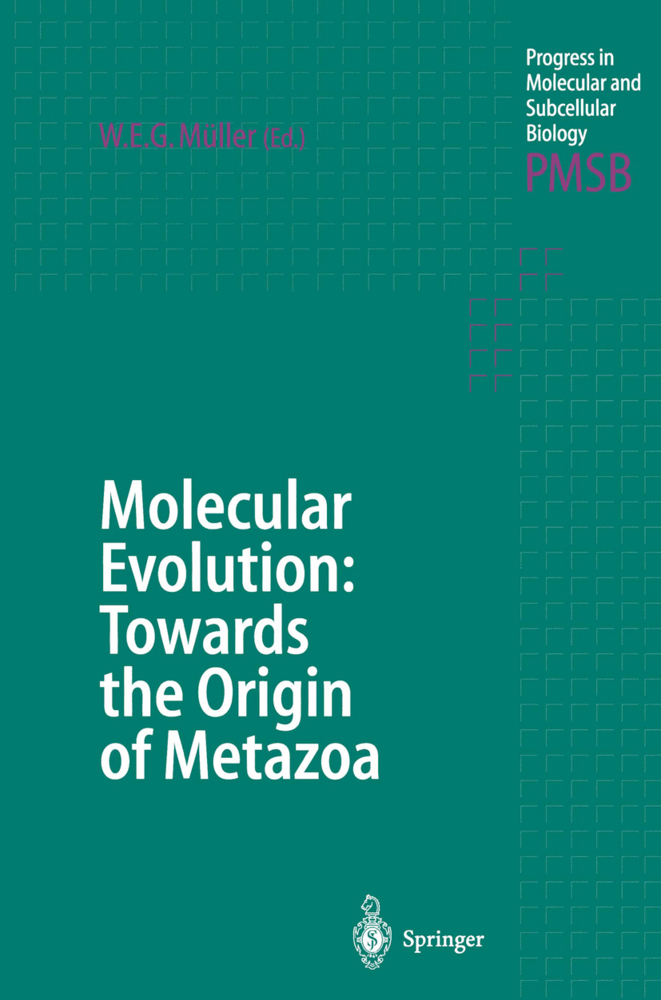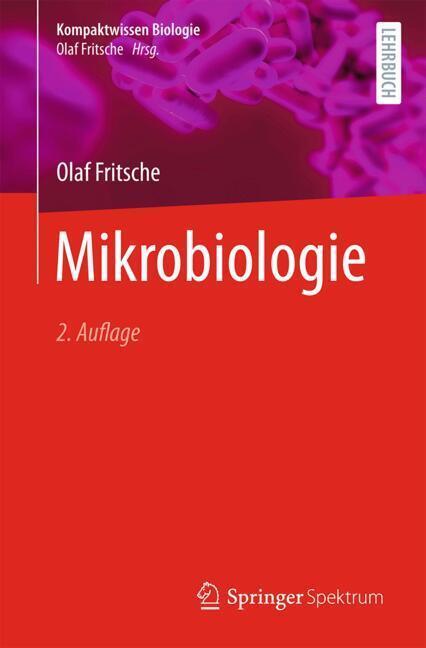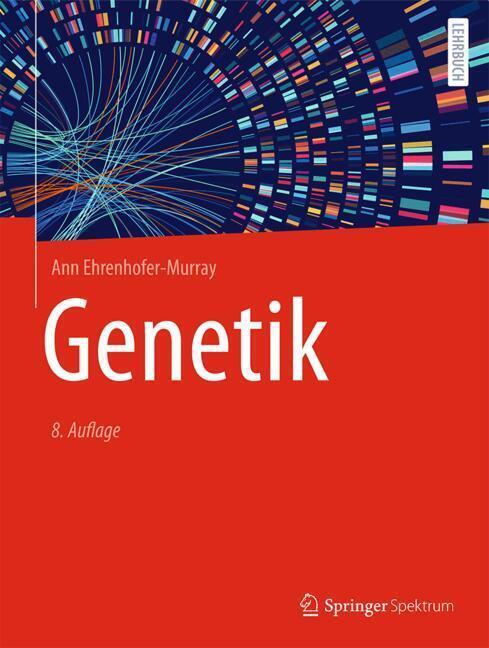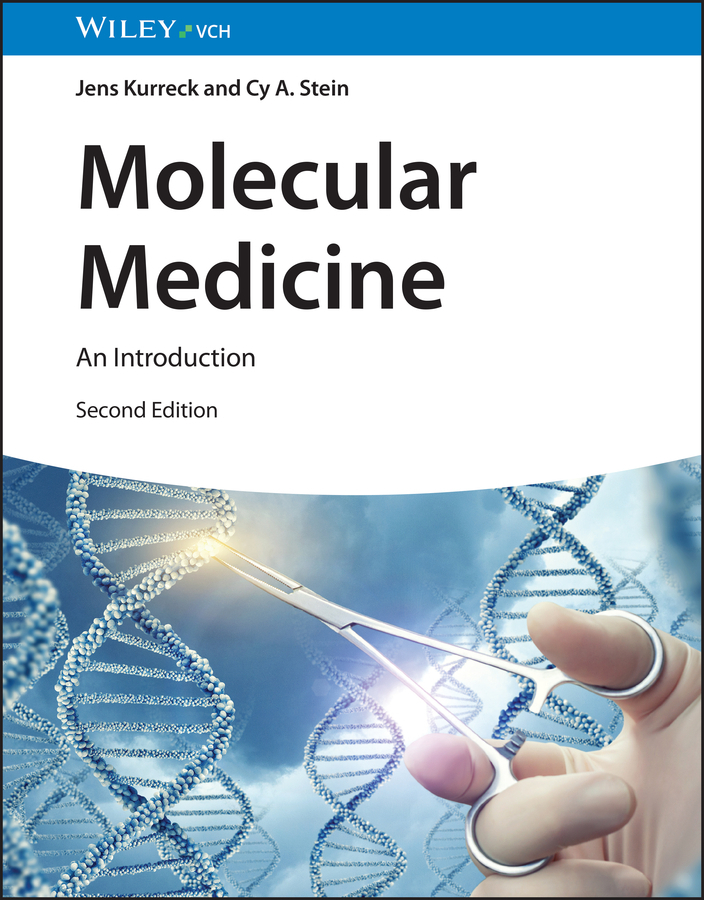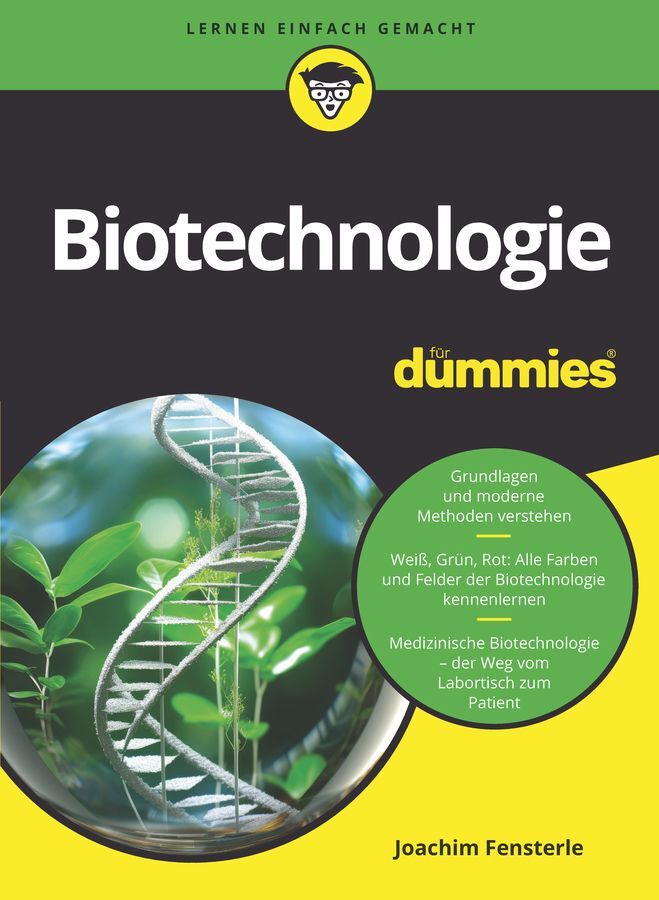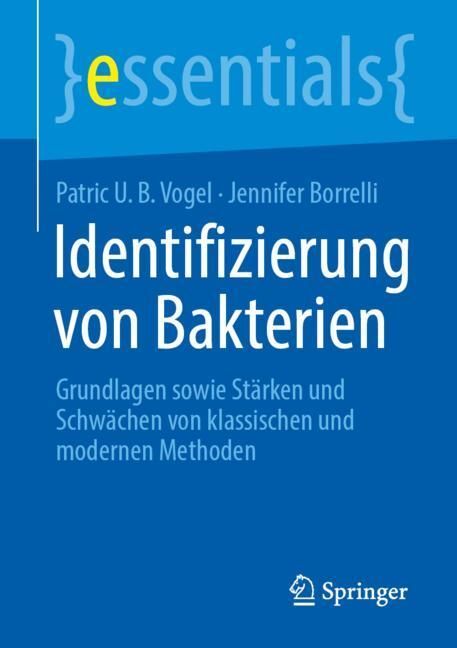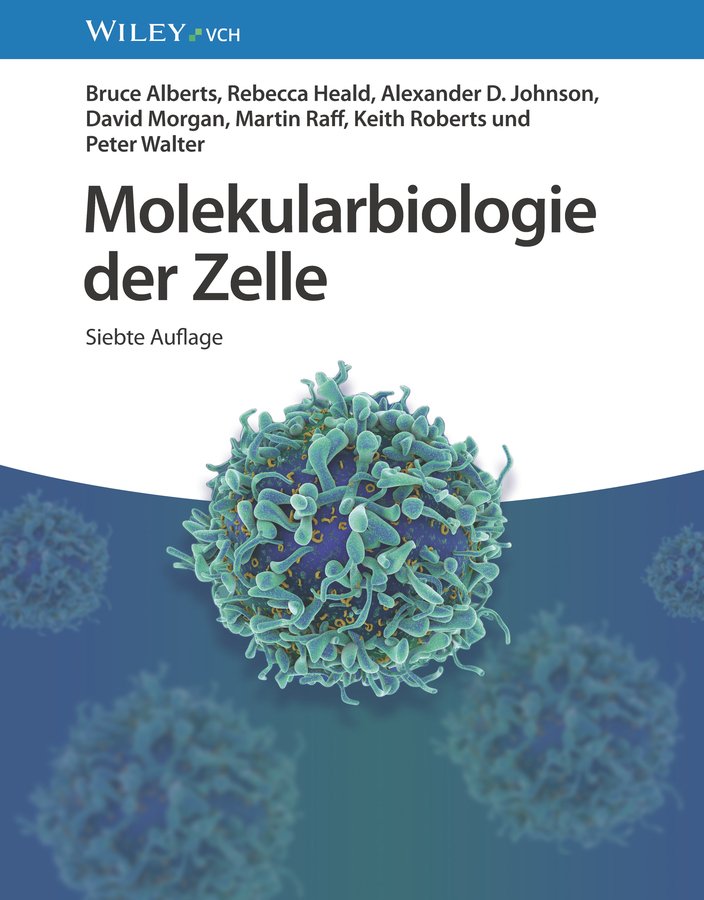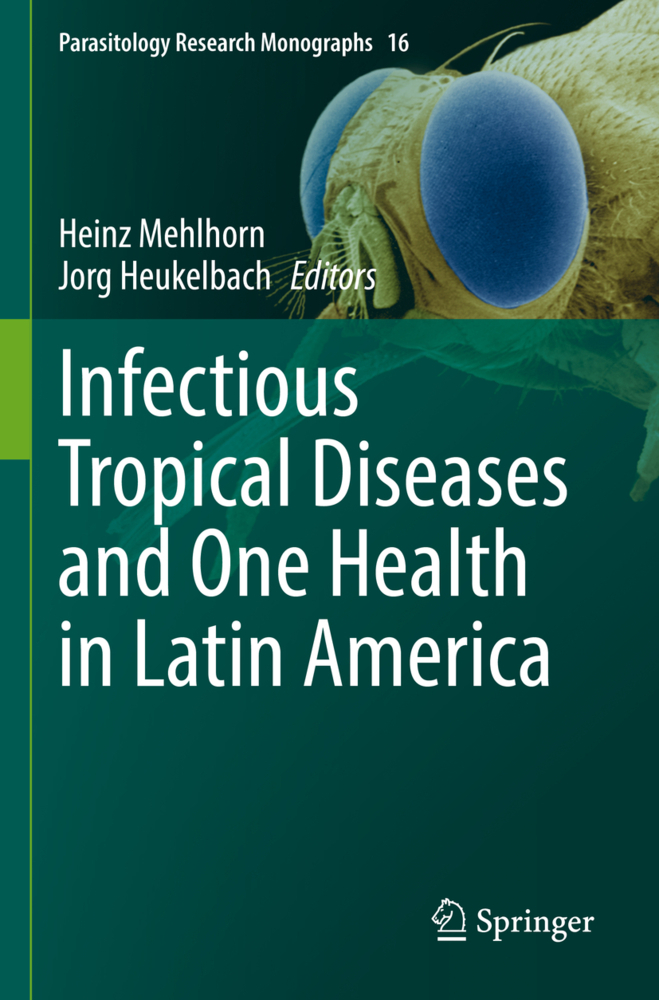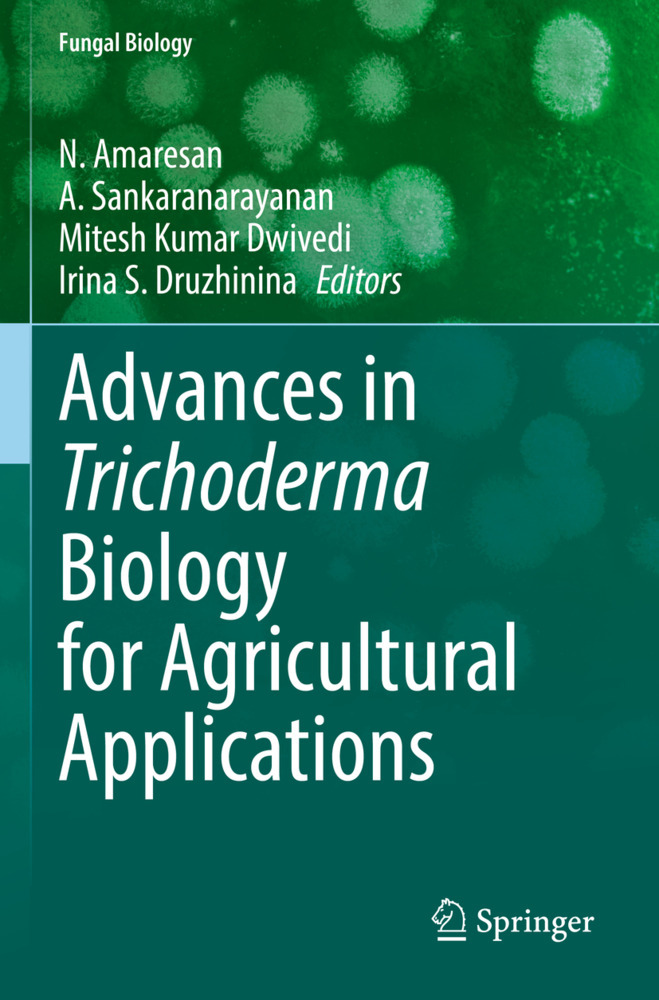This book sheds new light on ferroptosis, as an only recently recognised form of regulated cell death. Its respective chapters address the numerous implications that ferroptosis can have for virtually all aspects of metabolism. They also share insights on the morphological characterisation of ferroptosis and highlight the different pathways of induction. Accordingly, the book offers a unique perspective on a mechanism that is involved in a multitude of pathologies, including cancer cell death, neurotoxicity, neurodegenerative diseases, acute renal failure, drug-induced hepatotoxicity, tissue ischemia/reperfusion injury, and T cell immunity.
Readers will learn in which cell types this form of regulated cell death is likely to occur, and how it can be pharmacologically influenced, making the book a fascinating and informative read not only for scientists working in cell biology, but also for clinicians in the field of cancer research.
Dr Tang's work chiefly focuses on designing and conducting molecular, cellular, and animal studies to investigate the mechanisms of damage-associated molecular pattern molecule (DAMP) release and activity in autophagy and cell death, and to evaluate novel drug candidates for the treatment of various inflammatory diseases, including cancer. His past contributions to biomedical science include the initial description of the role of high-mobility group box 1 (HMGB1), a classical DAMP, in autophagy. His recent contributions to DAMP biology include the identification of a novel function and activity of HMGB1 in infection and sterile inflammation. More recently, he has also identified a number of regulators of necroptosis, ferroptosis, pyroptosis, and alkaliptosis. In summary, Dr Tang is an outstanding investigator with a proven track record of innovation and achievement in the fields of DAMP, autophagy, and cell death.
Tang, Daolin
| ISBN | 9783030267803 |
|---|---|
| Artikelnummer | 9783030267803 |
| Medientyp | E-Book - PDF |
| Copyrightjahr | 2019 |
| Verlag | Springer-Verlag |
| Umfang | 324 Seiten |
| Sprache | Englisch |
| Kopierschutz | Digitales Wasserzeichen |


